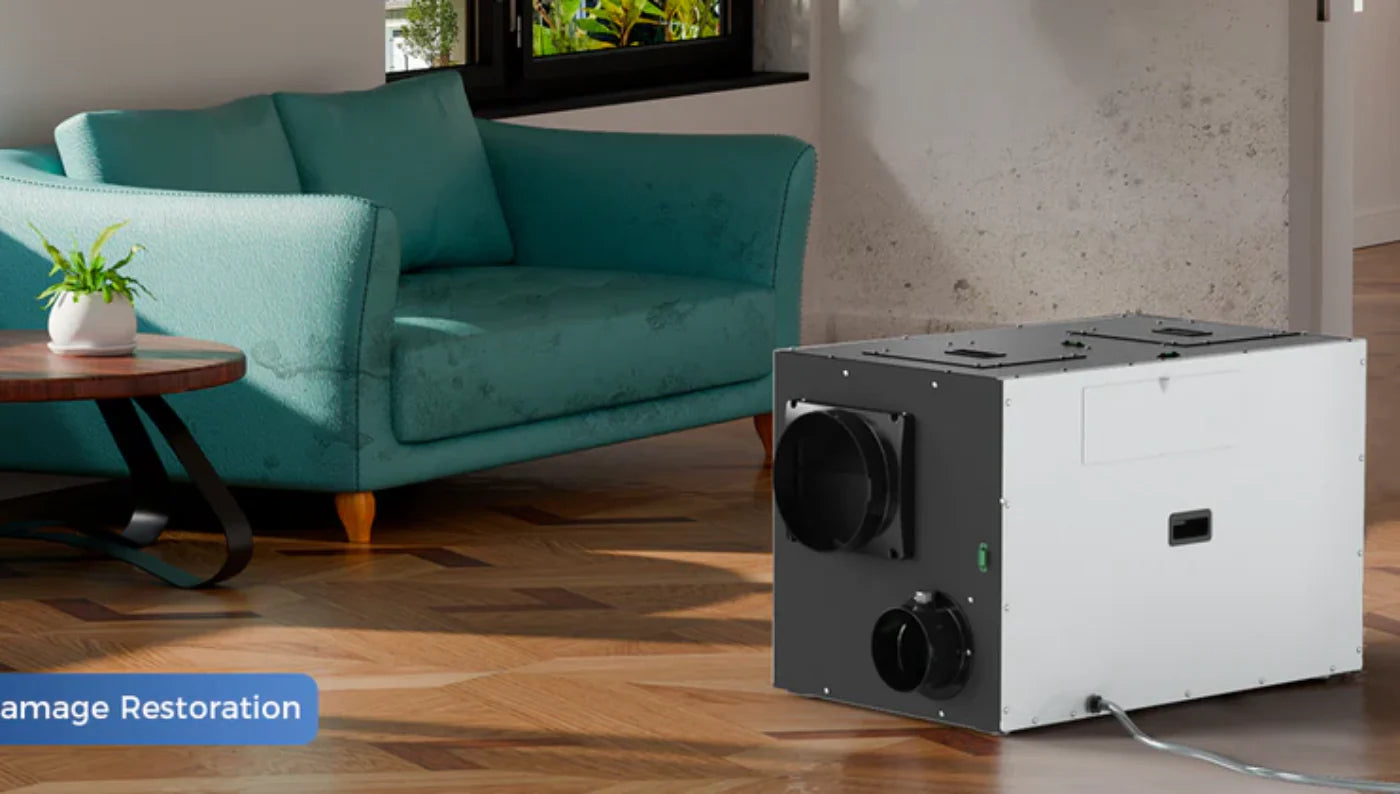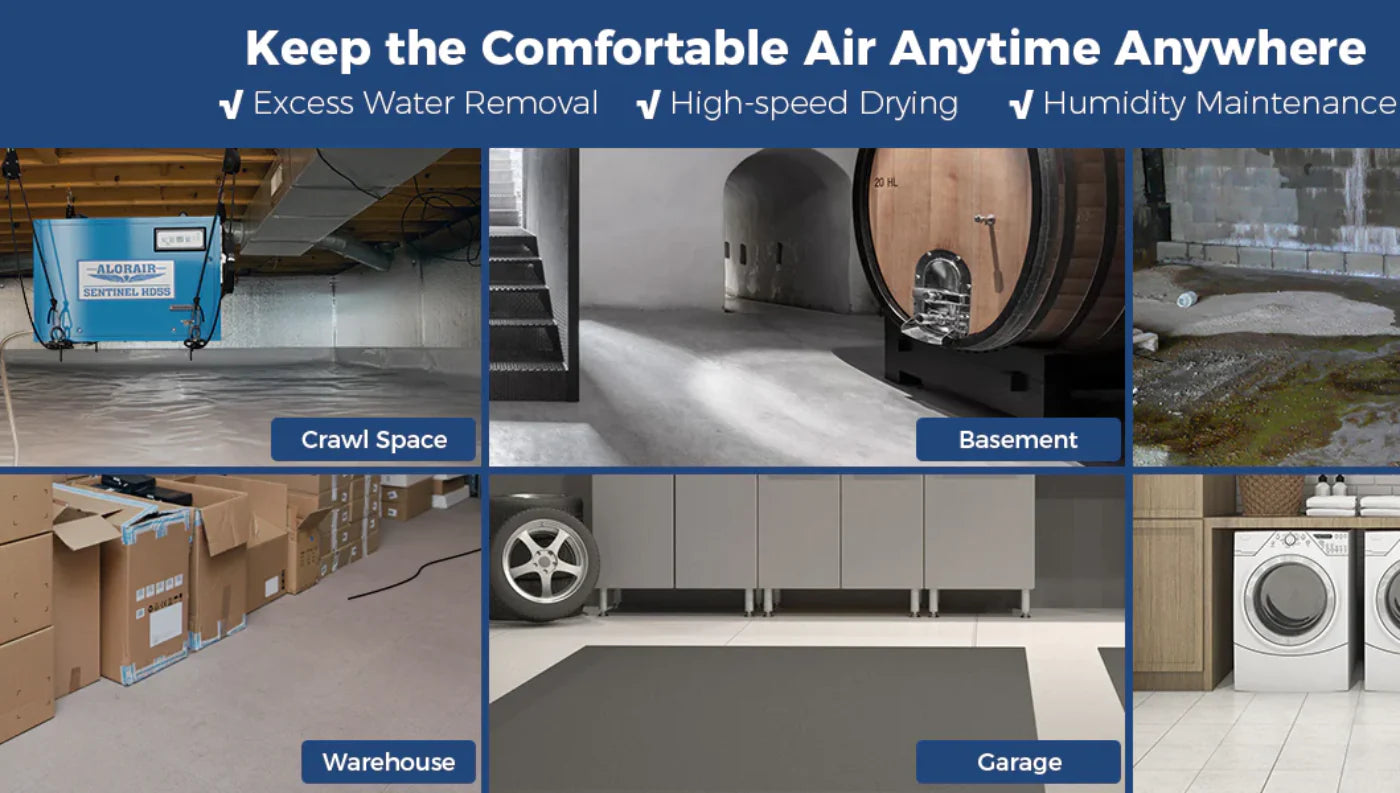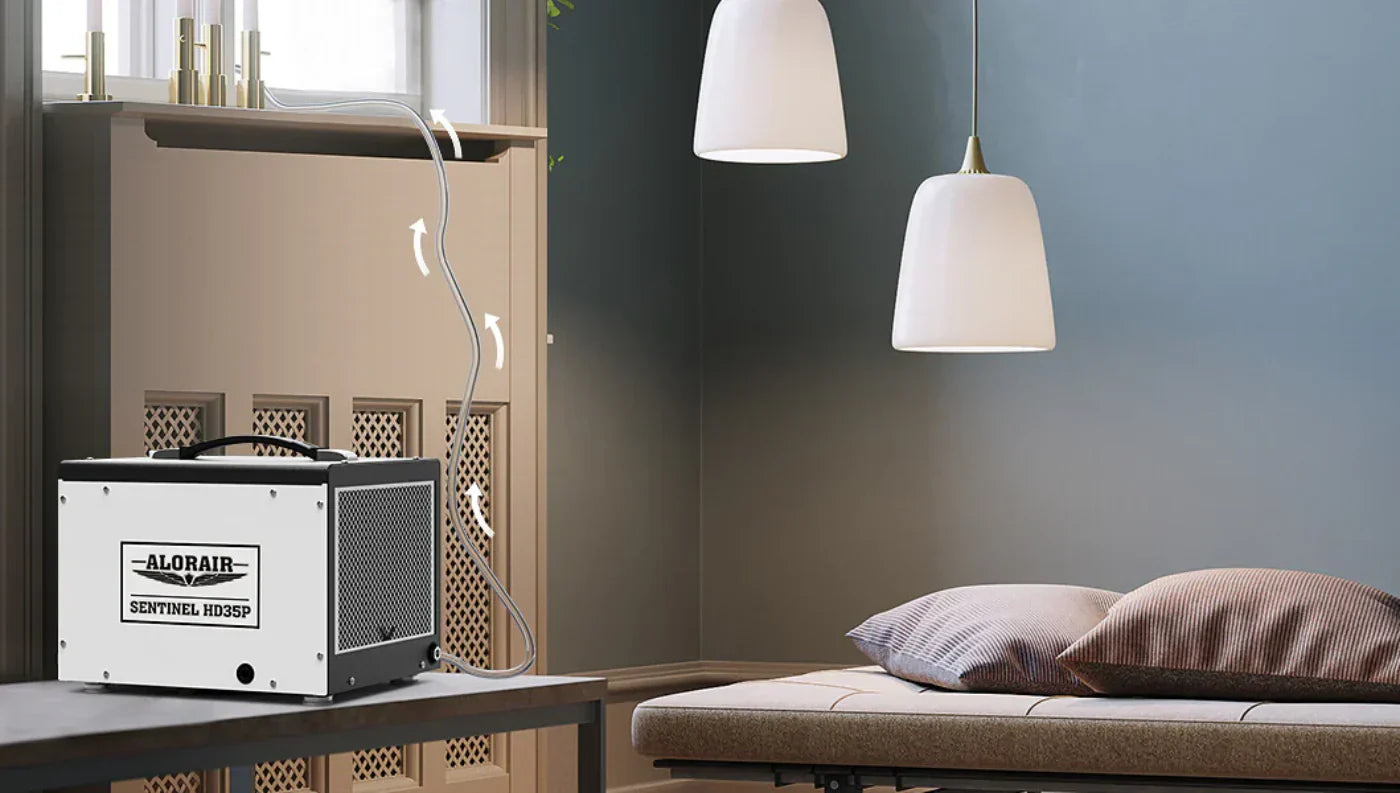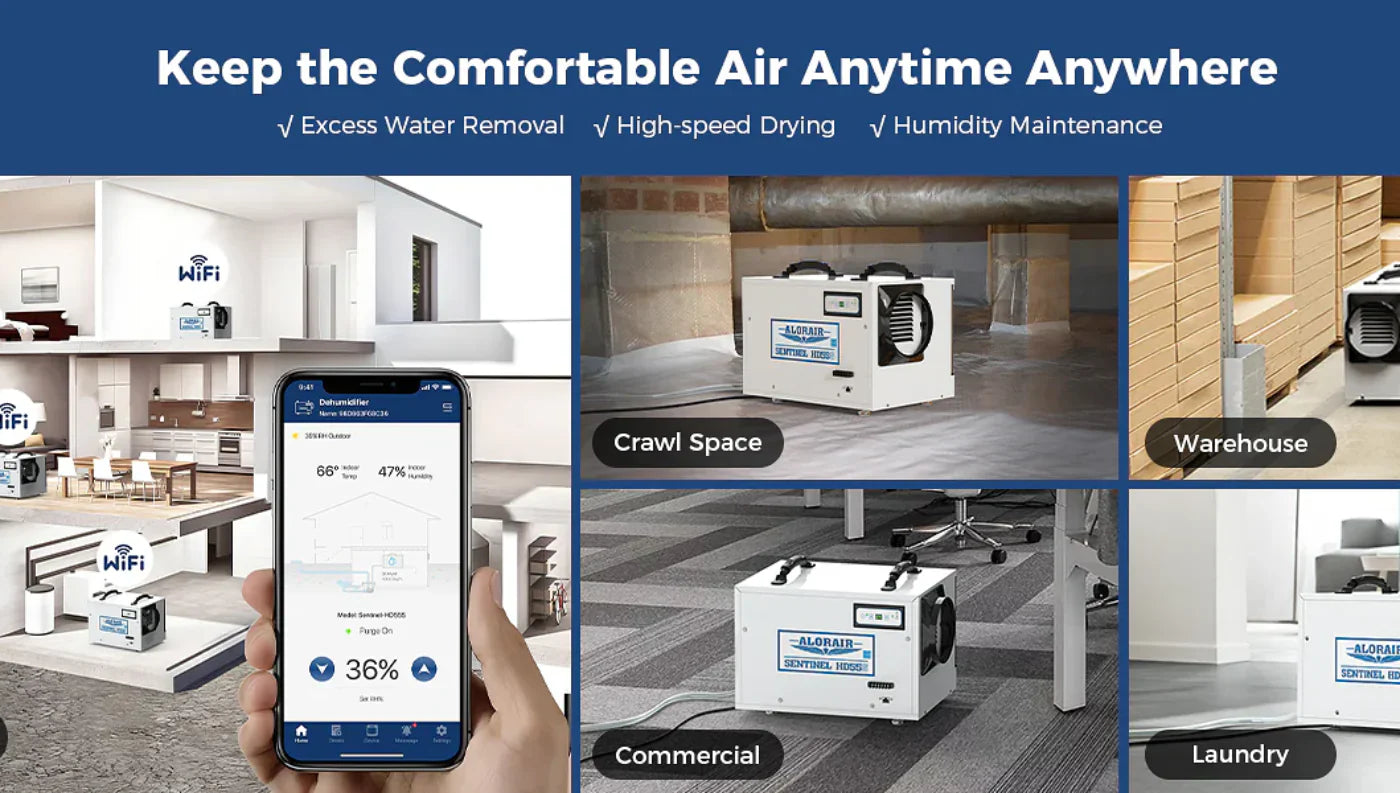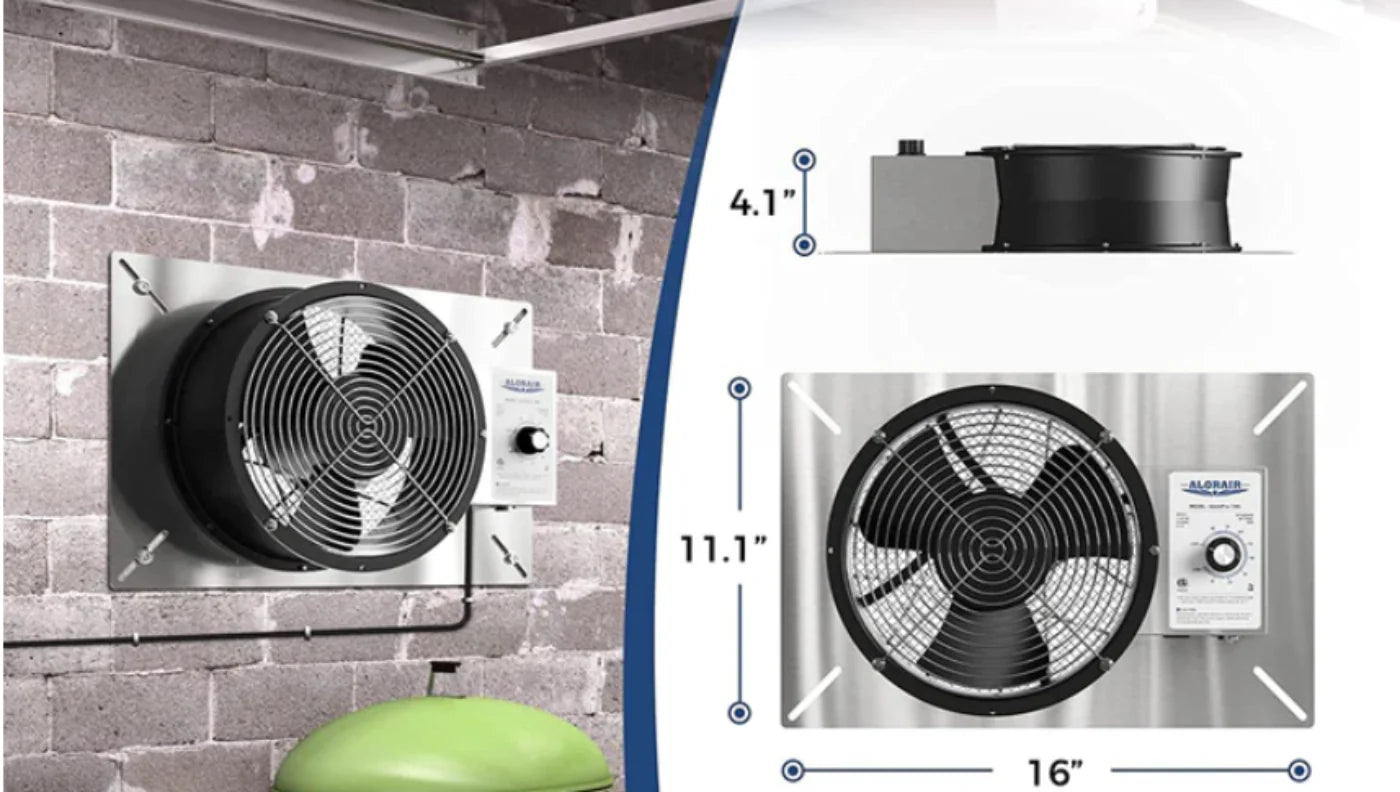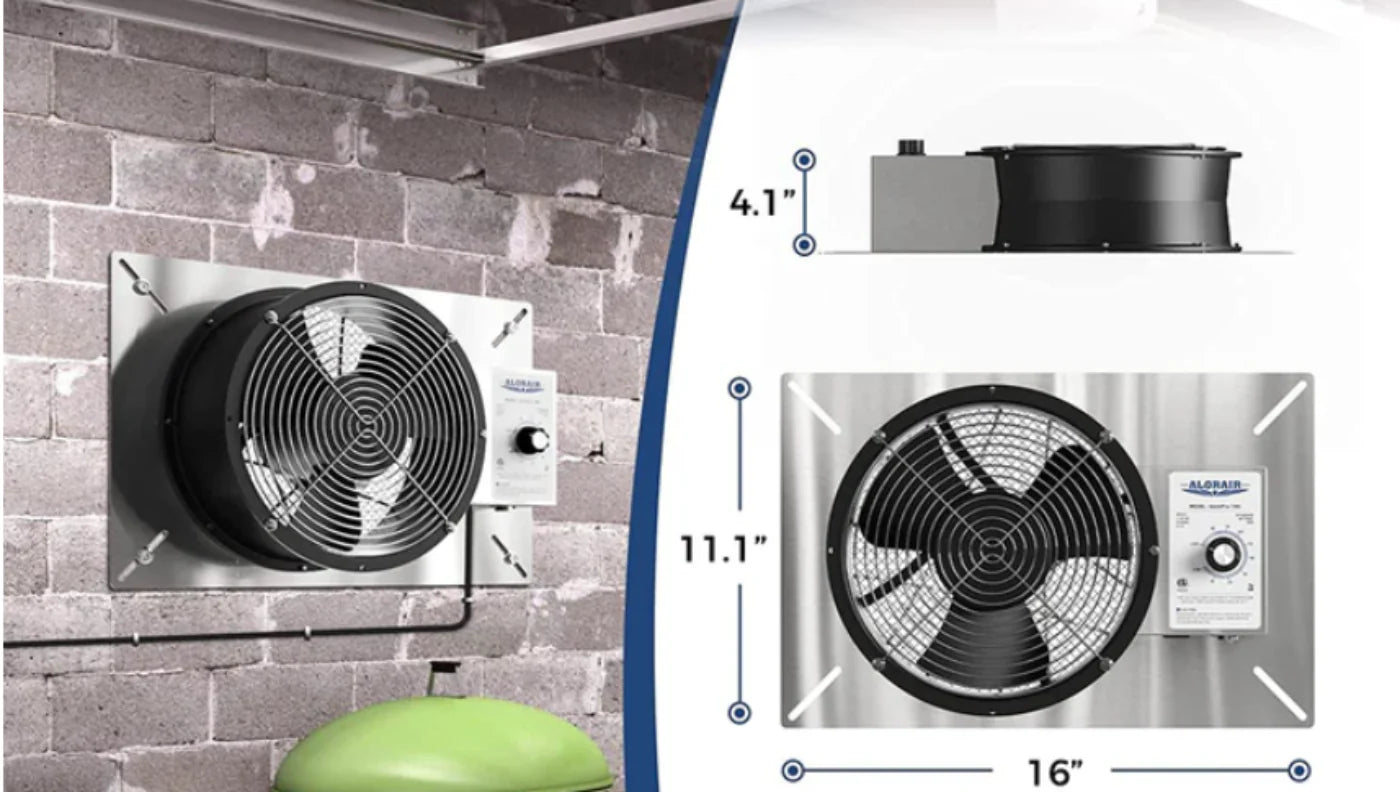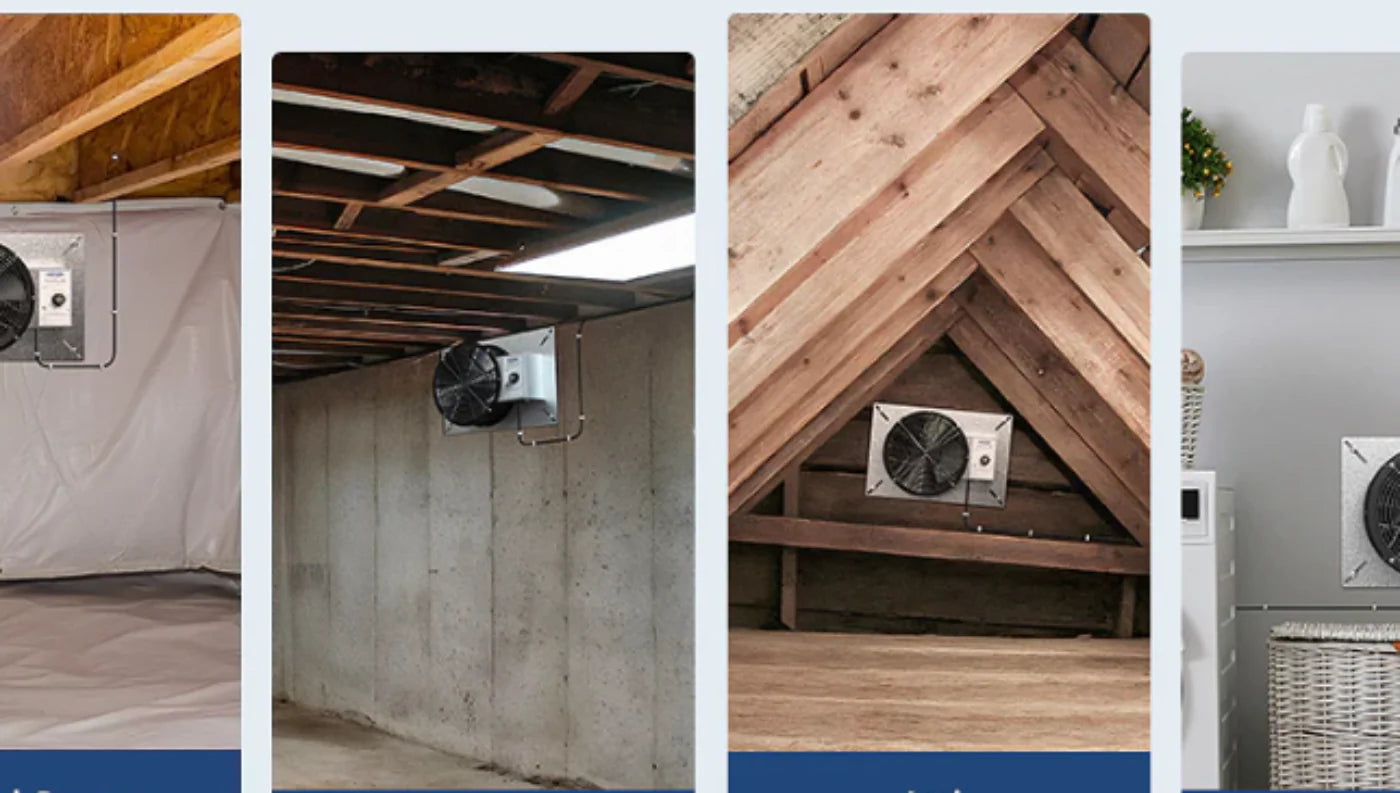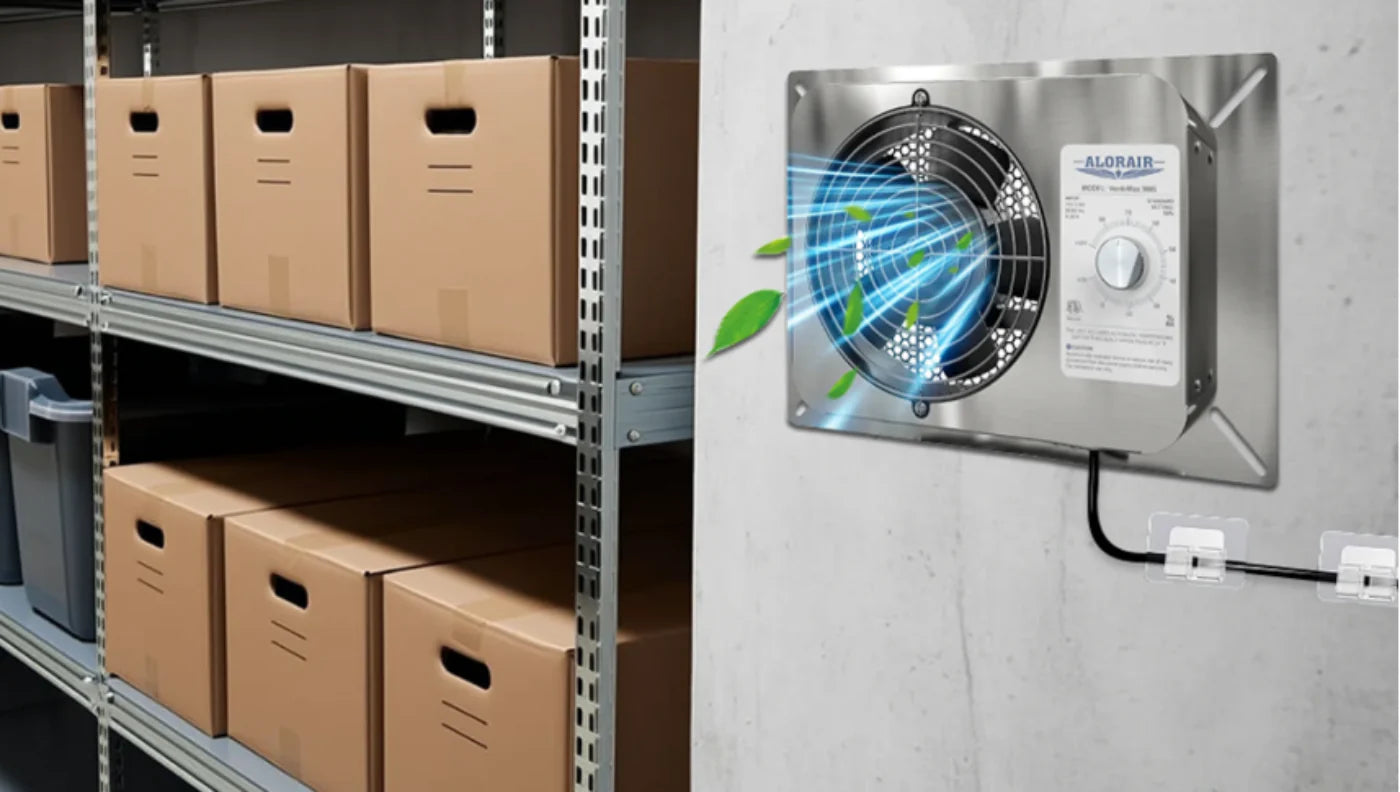WiFi dehumidifiers are becoming a popular choice for managing humidity in crawl spaces, basements, and even homes at large. These smart devices let you monitor and adjust settings using your phone, no need to crawl under the house or open a utility room. But are they really worth the extra cost?
In this guide, we'll explore what makes WiFi-enabled dehumidifiers different, their benefits and drawbacks, and whether they're the right fit to control moisture in humid regions. If you're tired of musty smells or worried about mold and damage under your home, this article will help you decide if a smart dehumidifier makes sense for your needs.
Understanding Smart Dehumidifiers
A WiFi dehumidifier connects to your home's wireless network and pairs with an app on your phone. You can see real-time humidity levels, adjust settings, and receive alerts if something goes wrong. This is especially handy for crawl spaces, where access can be tight, dusty, or inconvenient.
Before smart tech became common in crawl spaces, users had to either:
Manually check humidity meters,
Crawl under the house,
Or wait until visible damage or smell gave warning.
With WiFi, monitoring is automatic and remote. That gives you control even when you're away from home.

Benefits of WiFi Dehumidifiers
Remote Monitoring and Control:You can check humidity levels from anywhere and adjust dehumidifier settings instantly. If levels rise above your set threshold, you get an alert—and can respond quickly to prevent moisture buildup.
Automatic Humidity:Regulation Most units allow you to set a target humidity (like 40%). The dehumidifier switches on or off as needed to maintain that level, saving energy compared to a unit running continuously.
Maintenance Alerts:Smart devices can send reminders when filters need changing or when water tanks are full. No need to remember monthly checks—your phone prompts you.
Energy Efficiency:By only running when needed, smart units often use less power. This can save you money in the long run, especially if energy prices rise.
Data Logging:Apps usually provide humidity and runtime history. This helps you understand moisture trends and decide if upgrades (like sealing or drainage) are needed.
Limitations and Considerations
Even with smart tech, calculations matter. Consider these points before buying:
Upfront Cost
WiFi dehumidifiers cost more—typically $200–$400 above similarly sized non-smart models. You're paying for convenience and data, not necessarily better moisture removal.
WiFi Reliability
If your crawl space has weak WiFi, the device may fail to connect or lose signal. Some users have to install repeater or mesh systems to maintain coverage.
App Compatibility
Not all smart units use the same apps. Some brands partner with home automation platforms; others use proprietary apps. Make sure the model you choose works well with your preferred system.
Maintenance Still Required
You still need to clean filters, empty or maintain drain lines, and inspect the space occasionally. The smart device can remind you—but it won't do the work.
Privacy Concerns
Some smart devices collect usage data. If privacy is important to you, read the manufacturer's policy before buying.
When Is a WiFi Dehumidifier a Smart Choice?
Large or Hard-to-Access Crawl Space
If it's difficult to enter, monitor, or adjust settings manually, a smart unit can save time and hassle.
Frequently Away from Home
If you travel often or have rental properties, remote monitoring can alert you to problems before they become serious.
Climate with Seasonal Spikes
In places where humidity varies a lot, a WiFi unit lets you quickly respond when levels rise—without being home to monitor.
Integrated Smart Home Systems
If you already use smart devices (like thermostats or security systems), adding a WiFi dehumidifier fits naturally and may streamline moisture control automation.

Non-Smart Dehumidifiers: Still Effective
Don't worry if you don't need WiFi—regular dehumidifiers work well too:
1. Lower upfront cost—saves hundreds
2. Simple to use—plug in and set humidity on a built-in humidistat
3. Fewer digital issues—no WiFi outages or app glitches
For small crawl spaces or homes you visit often, a standard dehumidifier delivers great performance with less complexity.
Choosing the Right Dehumidifier for Your Crawl Space
Follow these steps to select the best unit:
1. Measure your crawl space dimensions in cubic feet or square feet and ceiling height
2. Find the right capacity—look for models designed for crawl spaces (e.g. 30 to 70 pints/day capacity)
3. Check drainage options—consider automatic pump vs gravity drain to a safe outlet
4. Compare features:
1. WiFi/app control
2. Auto-humidistat
3. Low-temp operation (some units keep working even in cooler air)
4. Energy efficiency rating
5. Read reviews especially from homeowners in humid climates to see real performance over time
Maximizing Performance (Smart or Not)
Whether you choose WiFi or non-smart, these practices help keep your crawl space dry and your device efficient:
1. Seal vents and openings to block humid outside air
2. Install a vapor barrier across the ground to block moisture rising from soil
3. Insulate walls or subfloor to reduce condensation
4. Run the unit full-time during humid seasons
5. Use a hygrometer to check humidity in different areas
6. Empty water tank or maintain drain line as required
7. Inspect the crawl space biannually for mold, damage, or pests
Real-World Feedback for Smart Units
From homeowner reviews and crawl space professionals:
1. Many say WiFi units give peace of mind—especially in tight or little-used crawl spaces
2. Some report 20–30% less energy usage than older, always-on units
3. A few mention poor app interfaces or inconsistent WiFi connections—key reason to check support and reviews before buying
Overall, people living in high-humidity regions report better control with smart units, especially when paired with proper sealing and drainage.
Cost vs. Benefit: A Snapshot
Here's a simple comparison:
Device TypeUpfront CostEase of UseEnergy UsageMonitoringBest Fit For
Non-Smart Unit $800–$1,200 Manual control Higher No Small spaces, regular access
WiFi Smart Unit $1,000–$1,600 Remote control Lower Yes Hard-to-access spaces, smart homes
When you add in savings from less mold, fewer repairs, and lower energy use, a smart dehumidifier can pay for itself over several years.
Conclusion
WiFi dehumidifiers bring real benefits to crawl space moisture control: remote monitoring, automatic humidity settings, maintenance reminders, and better energy efficiency. But they do come with a higher price and require solid WiFi—or a mesh setup.
If your crawl space is hard to access, or you want real-time control without going underground, a smart dehumidifier may be well worth it. For simpler setups or tighter budgets, standard units still work great when used correctly.
Ultimately, whether smart or not, the goal remains the same: seal the space, control humidity, and keep your home dry and healthy in humid climates.





